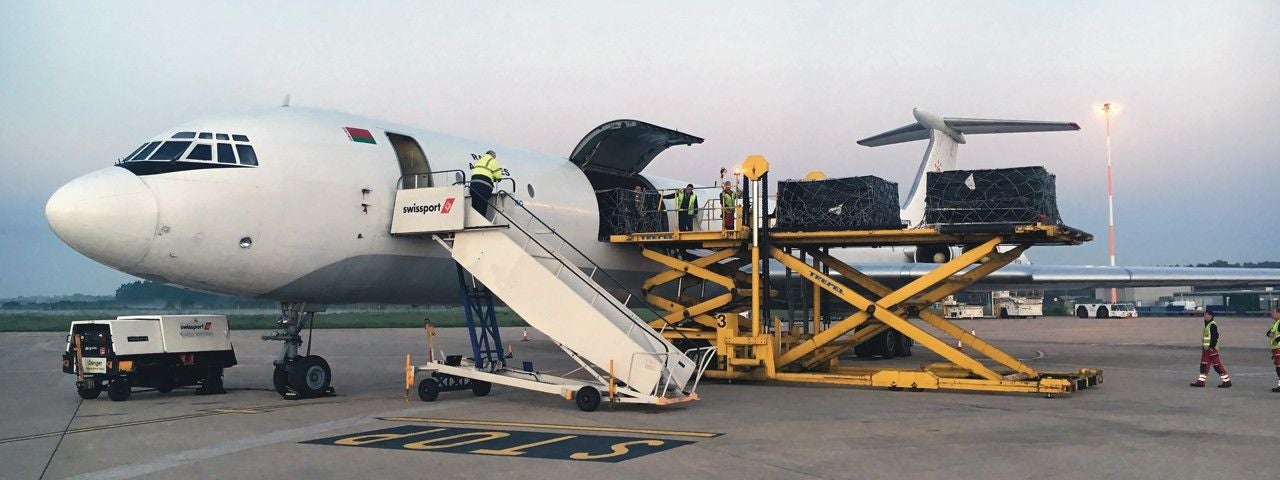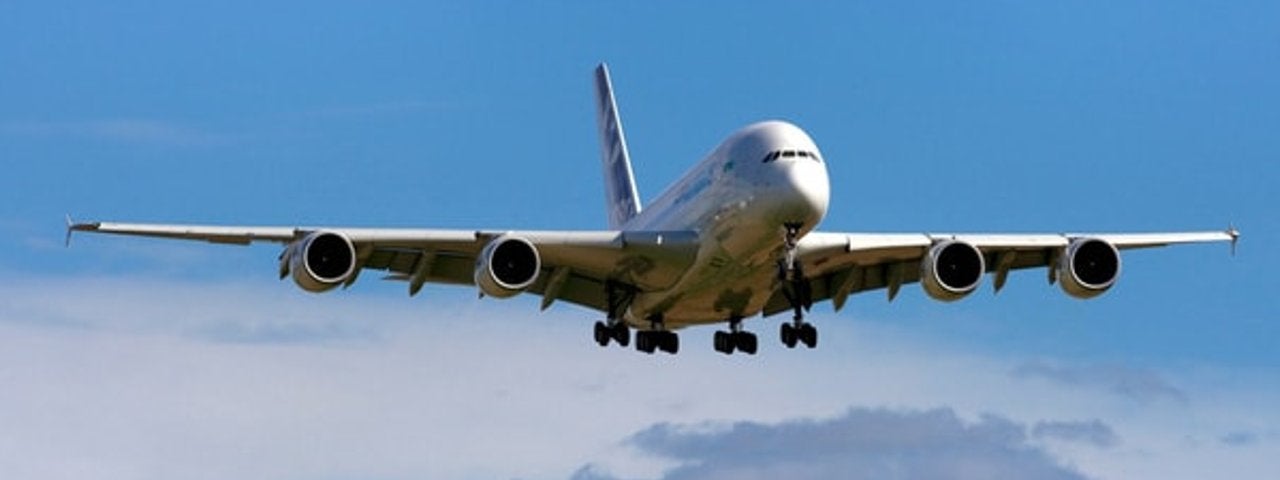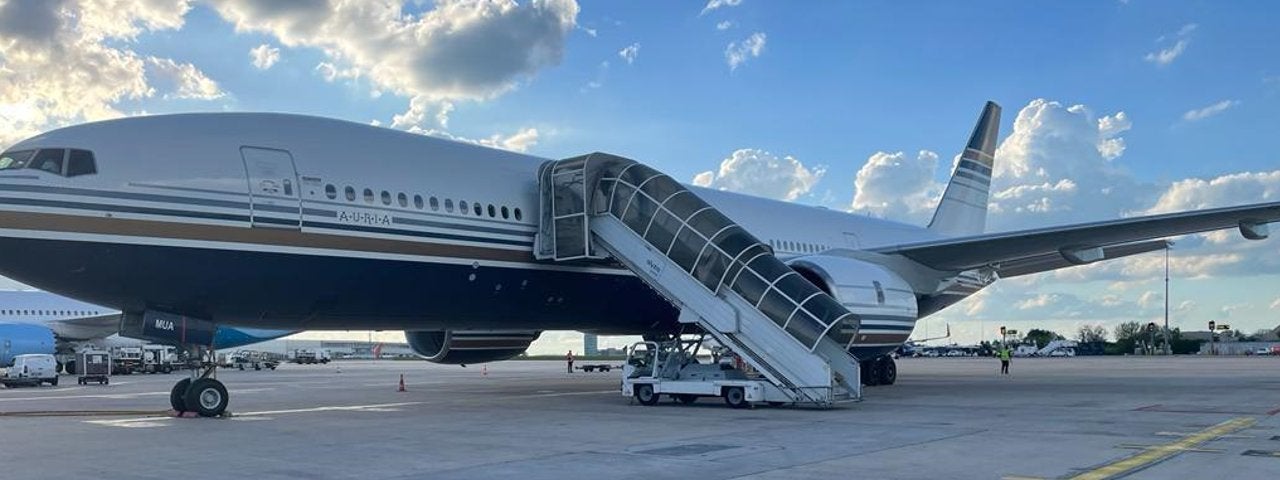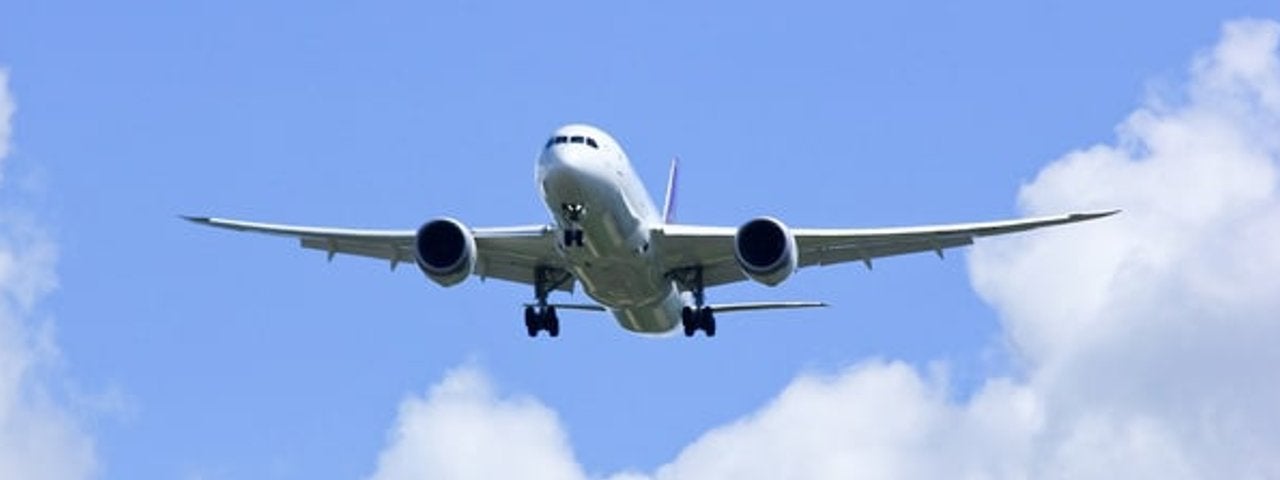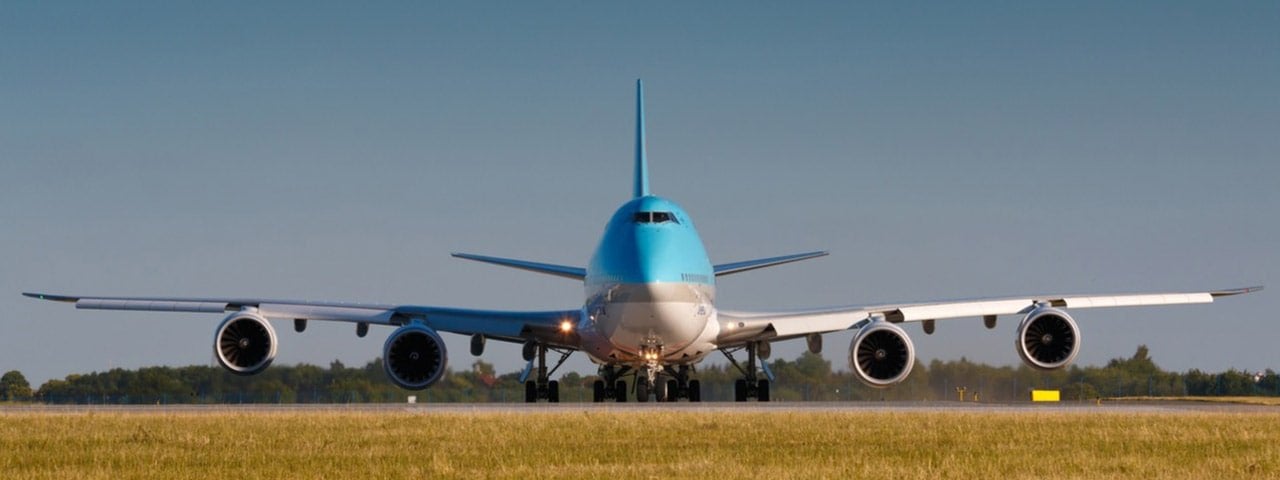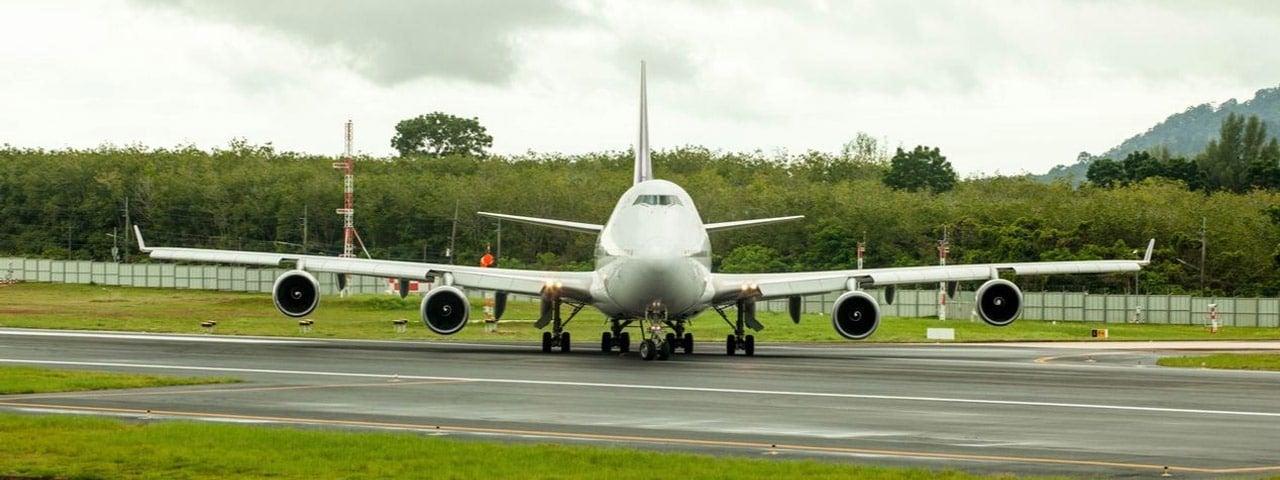The Fastest Commercial Airliners in the World
When most people think of fast aircraft, they’re most likely going to think about private jets and fighter planes. However, commercial airliners can also fly at great speeds. Find out more about the fastest commercial aircraft in the world.
Shrinking the world with the fastest airliners
When most people think of fast aircraft, they might think of one of the aircraft used by a private jet charter, the latest military fighter airplanes, or the now-retired Concorde. But modern commercial airliners can also reach hundreds of miles per hour, helping passengers get to their destination faster than ever.
Join us as we take a look at the fastest commercial passenger airliners based on their top speeds, and reveal which is the fastest commercial airliner in the skies today.
9. BAC One-Eleven Series 500 – Mach 0.714 (547.83 mph)
The British Aircraft Corporation One-Eleven, also known as the BAC-111 or the Super One-Eleven, was a series of short-range jet airliners widely used from the 1960s well into the 1990s. This aircraft was the second-ever short-haul jetliner to enter service, following the French Sud Aviation Caravelle. The original One-Eleven Series 200 was designed and built to replace the turboprop Vickers Viscount on short-haul routes, though it proved to be quite popular with domestic airlines and various international operators. It is one of the most successful British-designed airliners.
The One-Eleven Series 500 was an improved design of the original One-Eleven Series 200 aircraft. Compared to its predecessor iterations of the One-Eleven, the Series 500 was longer by 8ft 4in ahead of the wing and 5ft 2in behind the wing and 512 Rolls-Royce Spey turbofan engines. The aircraft also featured a modified cockpit that incorporated avionics systems and instrumentation which included a more sophisticated autoflight system. The BAC-111 Series 500 had a cruise speed of Mach 0.70 (541.2 mph).
8. Ilyushin IL-62M – Mach 0.728 (559.23 mph)
Russia created the Ilyushin IL-62M long-range narrow-body jet airliner, built and designed by Ilyushin Aviation Complex, in 1960. The IL-62M was designed as a successor to the very popular turboprop IL-18. The IL-62 was the world’s largest jet airliner when it made its first flight in 1963 and could seat almost 200 passengers and crew. The IL-62M model of the Ilyushin IL range became the longest-serving model in its airliner class. Special VIP conversions of the aircraft layout were developed to be used as head-of-state transport by 14 countries. The IL-62M has a cruise speed of Mach 0.74 (567.78 mph).
The IL-62M features powerful, efficient, and quiet Soloviev D-30KU engines and a fin fuel tank. It also features simple, light single-slotted flaps, and incremental aerodynamic improvements over its predecessor models. Most notable of these improvements is the addition of spoilerons (wing-mounted air brakes) and the ability to use idle reverse thrust in flight to shorten the landing run required for the aircraft.
7. BAe 146 Series – Mach 0.739 (567 mph)
The British Aerospace 146, BAe 146 for short, series are a range of short-haul regional airliners. These aircraft are still in service, but are no longer produced. They were originally manufactured by British Aerospace, which later became part of BAE Systems, in the United Kingdom from 1983 to 2001. Originally promoted as a “feederliner” and regional airliner, the airframe and many of the other aspects of this aircraft were designed to be simple.
The BAe 146 features a large airbrake with two petals at the rear of the fuselage below the tail rudder instead of thrust reversers. The advantage of the airbrake over thrust reversers is that they can be used during flight and allow for steep descents if needed. The BAe 146 has a cruise speed of Mach 0.7 (537 mph).
The BAe 146 is powered by four Avco Lycoming ALF 502 turbofan engines mounted under the aircraft’s high wing. One of the notable features of this aircraft, and its engines, is that it has a very low level of operational noise. This is because of the geared turbofan ALF 502 – the gearbox allows the fan speed to stay below the speed of sound, which greatly reduces the noise emitted from the engines. Having four engines on the BAe 146 means that it has superior takeoff performance on short runways and in hot and high-altitude conditions.
6. Airbus A380 – Mach 0.826 (634 mph)
The European-manufactured Airbus A380 is the largest passenger plane in the world, with a maximum capacity of 853 passengers. Powered by four Engine Alliance GP7200 or Rolls-Royce Trent 900 turbofans, this behemoth has a range of 8,000 nautical miles and a cruise speed of Mach 0.85 (652.18 mph). The aircraft is primarily used by Emirates (123 aircraft on order), Singapore Airlines, and Lufthansa.
Costs involved in the $10.3 billion A380 project – launched in December 2000 – rose to $19.5 billion when challenges around the aircraft’s electrical wiring resulted in a two-year delay. Production of the A380 peaked in 2014 at 30 aircraft a year, but Airbus now believes that its investment in the development of the jet will never be recouped. Production of the last Airbus A380 was completed in December 2021.
5. Boeing 777 – Mach 0.89 (682.87 mph)
First introduced in June 1995, the fifth fastest passenger plane on our list is the long-range, wide-body, twin-engine Boeing 777. The American-manufactured Boeing 777X is the world’s largest twinjet and is a favorite of commercial airliner heavyweights British Airways, United Airlines, Cathay Pacific, and Emirates. It has a maximum capacity of 396 passengers and completes long-haul flights with ease. The Boeing 777 has a cruise speed of Mach 0.77 (590.8 mph).
The 777 is the most-produced Boeing wide-body jet, surpassing the Boeing 747. The 777 also has the honor of being the first commercial aircraft to be designed entirely by computer. A 3D CAD software system, sourced from Dassault Systemes and IBM, was used to create all of the design drawings of the 777. The system was groundbreaking in that it allowed engineers to assemble a virtual aircraft in a simulation before it went into production. Being able to check for interference and ensure that the thousands of parts fit properly substantially reduced costly rework on the plane.
4. Airbus A350-1000 – Mach 0.89 (682.87 mph)
The Airbus A350-1000 is a long-range, wide-body twin-engine jet airliner that first entered service in February 2018. This aircraft has a maximum passenger limit of 410 when using the standard three-class configuration of most passenger airliners, and can maintain a cruise speed of Mach 0.85 (652.18 mph). This speed is made possible by the aircraft’s Rolls-Royce Trent XWB-97 turbofan engines. These highly-efficient engines also contribute to this aircraft’s range of 8,700 nautical miles, allowing it to perform ultra-long-range flights, making it an ideal aircraft for connecting commercial hubs across the world.
In order for this aircraft to achieve this incredible performance, it has a fuselage that is seven feet longer than the A350-900, modified wing trailing edges (which is why it has a slightly larger wing area than the A350-900 despite having the same wingspan) and larger landing gear. It also uses the latest carbon-reinforced plastic and other cutting-edge materials to reduce its weight and therefore burn up to 25% less fuel than similar aircraft.
3. Boeing 787 – Mach 0.9 (690.54 mph)
Introduced in October 2011, the Boeing 787 Dreamliner is a mid-size, long-haul twin-engine airliner that can seat a maximum of 335 passengers and has a cruising speed of Mach 0.85 (652.18 mph). The 787 is 20% more fuel-efficient than the Boeing 767, which it was designed to replace. The aircraft’s distinguishing features include mostly electrical flight systems, raked wingtips, noise-reducing chevrons on its engine nacelles, and cabin windows that are larger than any other civilian plane in service or in development. Window dimensions are 10.7 inches by 18.4 inches with a higher eye level, so passengers can retain a view of the horizon. Boeing’s 787 Dreamliner is popular with Japan Airlines, Qatar Airways, and United Airlines.
2. Boeing 747-8i – Mach 0.9 (690.54 mph)
Almost claiming the title of the world’s fastest commercial aircraft is the wide-body Boeing 747-8i. Also known as the 747-8 Intercontinental, this super-speedy airliner features redesigned wings, new engines, and improved fuselage and efficiency; and can carry 342 passengers, including eight in First Class and 92 in Business Class. The Boeing 747-8i sped into service in 2012 and eclipsed all of its competitors at Mach 0.86.
In the aviation industry’s version of a celebrity feud, the 747-8i has been in competition with Airbus A380 on long-haul routes. Boeing says its plane is 10% lighter per seat and consumes 11% less fuel per passenger than the A380 – which means a trip-cost reduction of 21% and a seat-mile cost reduction of around 6%.
1. Boeing 747-400 – Mach 0.92 (705.89656 mph)
The fastest commercial airliner in the world in regards to maximum speed is the wide-bodied, four-engine Boeing 747-400. Boeing’s bestselling 747 model offers airlines a number of technological and structural improvements over previous models like the 747-300. These include six-foot winglets mounted on six-foot wing tip extensions, a two-crew glass cockpit (negating the need for a flight engineer), engines with increased fuel efficiency, an optional fuel tank in the horizontal stabilizer, and revised fuselage/wing fairings. The jet’s interior boasts an upgraded in-flight entertainment architecture and can accommodate a maximum of 660 passengers in a high-density one-class configuration.
The new engines – Pratt & Whitney PW4056, General Electric CF6-80C2B1F, and Rolls-Royce RB211-524G/H – have lowered fuel consumption and produced more thrust, along with a full-authority digital engine control (FADEC). The 747-400 bolts through the sky slightly faster than its competitors, with a speed of Mach 0.85 (652.18 mph). Introduced in 1989, its primary users are British Airways, Qantas, and Lufthansa. Popular as a long-haul aircraft, the 747-400 can fly non-stop for up to 7,670 nautical miles.
Honorary mentions
There are two aircraft that would be the fastest commercial aircraft in the world today if they hadn’t been retired from service. These two aircraft are the Tupolev Tu-144 and the Concorde. The Tupolev Tu-144 had an incredible top speed of Mach 2.29 (1,757 mph), while the Concorde was just behind with a maximum speed of Mach 2.04 (1,565.23 mph).
Both of these aircraft were retired, and the reasons for their retirement were similar. The Tupolev Tu-144 was too expensive to fly and maintain, so it was retired from commercial service in 1983. The Concorde was also very expensive to run and was struggling to fill seats, leading to its early retirement in 2003.
The fastest commercial airliner still to come
Boeing has plans to create the fastest commercial airliner in the world that will eclipse anything the aviation industry has experienced so far in civilian aircraft. This unnamed hypersonic concept jet will be able to reach Mach 5 (3,800 mph), which is five times the speed of sound. This means that a flight from London to New York will take just two hours, compared to the current time of about six hours and 45 minutes.
According to Kevin Bowcutt, Boeing’s Chief Scientist of Hypersonics, in an interview with Aviation Week, the aim is to be able to get overseas and back in a day, and it will take a travel speed of Mach 5 to do this.
Taking into account possible setbacks and delays which will include meeting market, regulatory, and environmental requirements, Boeing hopes to have the aircraft in service sometime before the late 2040s. In preparation for hypersonic civilian flight, Boeing has unveiled designs for an intelligence, surveillance, and reconnaissance (ISR) military jet which could take to the skies in 2023. A concept model was shown at the AIAA SciTech Forum in San Diego in 2021 that demonstrated what this aircraft could look like.
The fastest way to fly today
Until supersonic and hypersonic air travel arrives in the mainstream, private jet charter is still the fastest way to travel quickly and conveniently. The Cessna Citation X+ is currently the fastest private jet in the world, with a top speed of Mach 0.935 (717 mph). This is thanks to its dual-channel FADEC-controlled Rolls-Royce AE3007C2 turbofan engines and other design choices that enable it to fly faster than the fastest commercial airliners available. If you’d like to fly in this incredible aircraft, contact one of our charter specialists to organize a private plane rental.
Reach your destination even quicker with Air Charter Service
If you’re looking for the fastest way to fly but don’t own your own private jet, an aircraft charter is the answer. We have been providing private jet charter flights for more than three decades, over which time we’ve built a vast network of global offices that allow us to source the perfect aircraft for our clients’ unique requirements.
Contact us to find out how we find the perfect private jet to get you to your destination as quickly as possible.
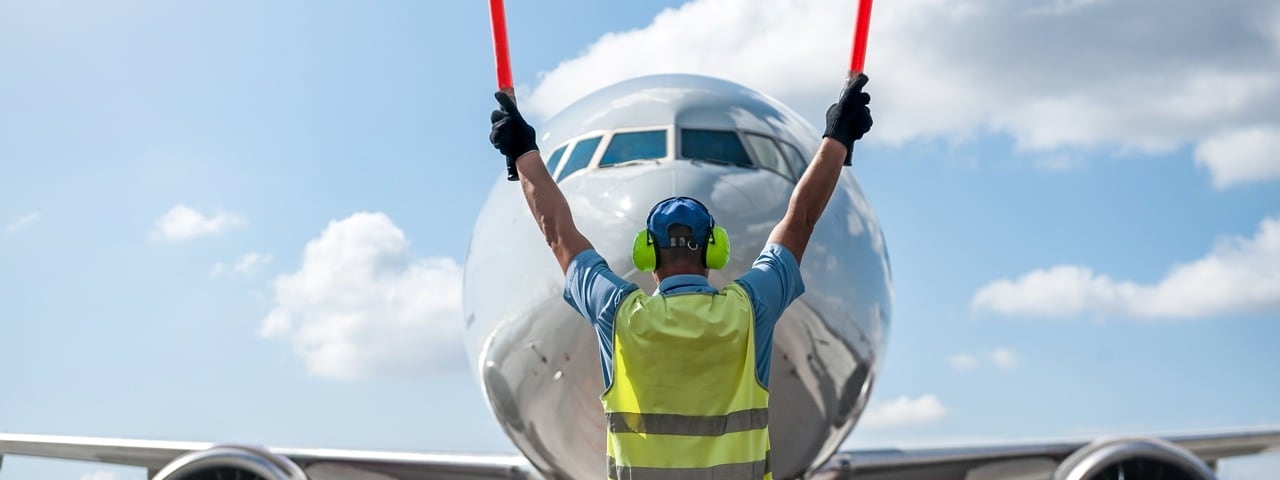
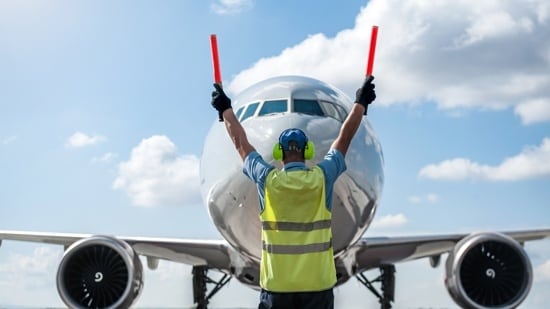 When we think of fast aircraft, we tend to think of luxury private jets zooming around, transporting executives and celebrities from country to country. But, we forget that commercial airliners can move at incredibly fast speeds too. Here are some of the fastest jumbo aircraft in the world.
When we think of fast aircraft, we tend to think of luxury private jets zooming around, transporting executives and celebrities from country to country. But, we forget that commercial airliners can move at incredibly fast speeds too. Here are some of the fastest jumbo aircraft in the world.


